How to Deprotenize Biological Fluids prior to HPLC analysis?
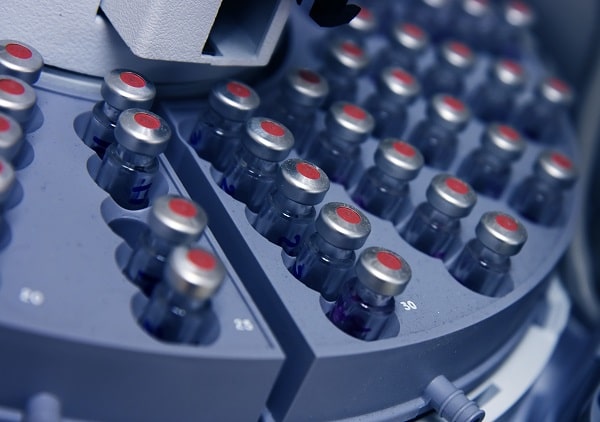
Deproteinization has contributed to the ever-expanding scope of HPLC analysis of biological fluids. Sample filtration before HPLC analysis. Importance of sample filtration in liquid chromatography analysis is strongly recommended to extend column life and reduce maintenance costs thereby contributing to increased laboratory throughputs.
In addition to filtration, deproteinization is necessary for analysis of biological fluids such as blood plasma, serum, urine and cerebrospinal fluid for levels of antibiotics, residual pesticides and psychotropic drugs. Proteins need to be precipitated and removed from the sample otherwise these can contribute to the deterioration of column performance
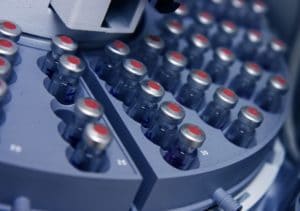
Deproteinization Techniques
Denaturation – heating denatures most proteins and after heating denatured particles are centrifuged and removed.
Chemical precipitation – more efficient than heating as temperature sensitive compounds can deteriorate in the heating process. Acidification with trichloroacetic acid, centrifugation, and neutralization with sodium hydroxide removes 99% of the proteins. Perchloroacetic acid can also be used. Both the acids have some drawbacks. Trichloroacetic acid absorbs strongly below 230 nm whereas perchloroacetic acid leaves salts in solution which can precipitate with organic solvents or contribute to baseline noise of UV detector
Acetonitrile treatment – acetonitrile is a common solvent transparent below 190 nm. Mixing and centrifugation of plasma sample and acetonitrile will lead to precipitation of about 95% of proteins. Non-polar proteins such as albumins remain in liquid phase. The supernatant can be injected directly if a guard column is used to remove the balance 5% of the proteins. On long-term use, the guard column will need to be replaced or inverted and washed out to prevent the proteins from entering the main column.
On-line Deproteinization
Generally, it is sufficient to carry out the deproteinization off-line followed by centrifugation after adding an acid or organic solvent. However in order to save time automated on-line deproteinization is desirable. Several instrument suppliers offer dedicated accessories which consist primarily of a pre-treatment column: packed with the hydrophilic polymer coating. Macromolecular proteins are retained whereas the analytes are led to the main column.
We have seen that the deproteinization has expanded the applications of HPLC separations of biological fluids which are complex matrices and HPLC estimations on such fluids would have been difficult if not impossible without using the technique.
Please share your views and leave comments based on your experiences.

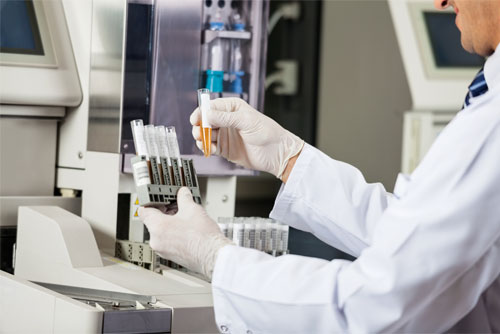
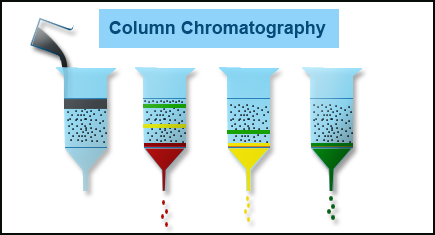
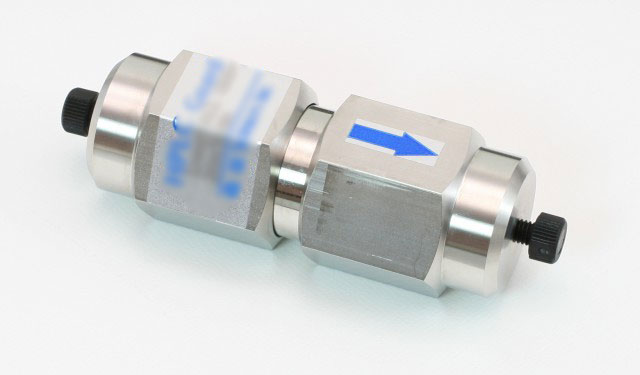

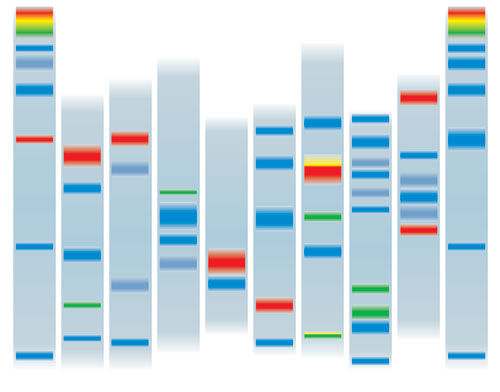
Responses